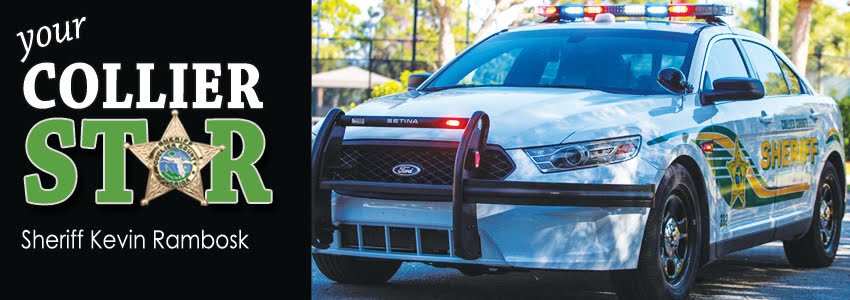WHAT: National Work Zone Awareness Week
WHEN: April 6-10, 2009
WHERE: Collier County
SUMMARY: Starting Monday, deputies will be more focused than ever on highway construction zones and motorists who ignore the law.
Deputies will expand their patrols in construction areas during National Work Zone Awareness Week as they bring motorists’ attention to the zones and the safety of the workers within them. Speed enforcement is likely.
According to the Federal Highway Administration, more than 835 people were killed nationwide in motor vehicle crashes in highway work zones in 2007, and more than 40,000 people are injured each year as a result of such crashes.
There were 26 collisions in work zones which left six people dead and 18 people injured in Collier County in 2007.
Drivers are always advised to follow all signs and flaggers when entering and driving through a construction area.
Other important tips to keep in mind:
1. Expect the unexpected. (Normal speed limits may be reduced, traffic lanes may change, and people may be working near the edge of the road where you are driving.)
2. Slow down. Speeding is one of the major causes of work-zone crashes. Speeding fines are doubled when construction workers are present.
3. Don’t tailgate. Keep a safe distance between you and the car ahead of you. (The most common crash in a highway work zone is the rear-end collision.)
4. Keep a safe distance between your vehicle and the construction workers and their equipment.
5. Pay attention to the signs. (The warning signs are there to help you and other drivers move safely through the work zone.)
6. Obey road crew flaggers. (The flagger has the same authority as a regulatory sign, so you can be cited for disobeying his or her directions.)
7. Stay alert and minimize distractions, such as cell phones and changing radio stations.
8. Keep up with the traffic flow. (Help maintain traffic flow and posted speeds by merging as soon as possible. Don’t drive right up to the lane closure and try to barge in.)
9. Schedule enough time to drive safely and check radio, television, and Web sites or traffic information.
10. Be patient and stay calm.
